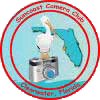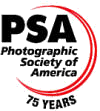Suncoast Camera Club Assignment Definitions
The assigned subject should predominate in all prints and electronic images. Each entry's score will be determined by how well it meets the assigned subject as well as the criteria of composition, impact, and technique.
Click on image for a larger image.
 Dave Hutchinson |
ABANDONED STRUCTURES |
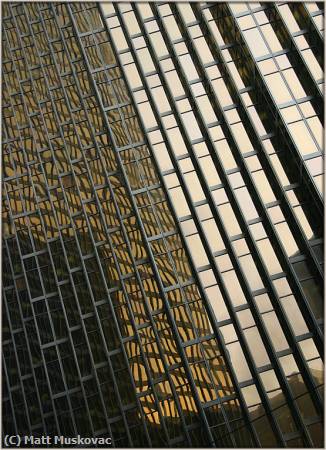 Matt Muskovac |
ABSTRACT |
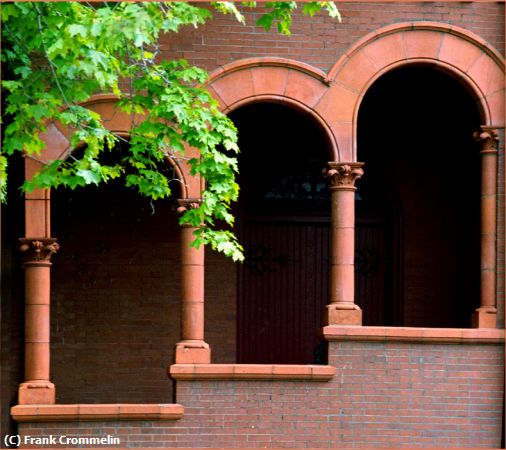 Frank Crommelin |
ARCHES |
 Dawn Nichols |
ARCHITECTURE |
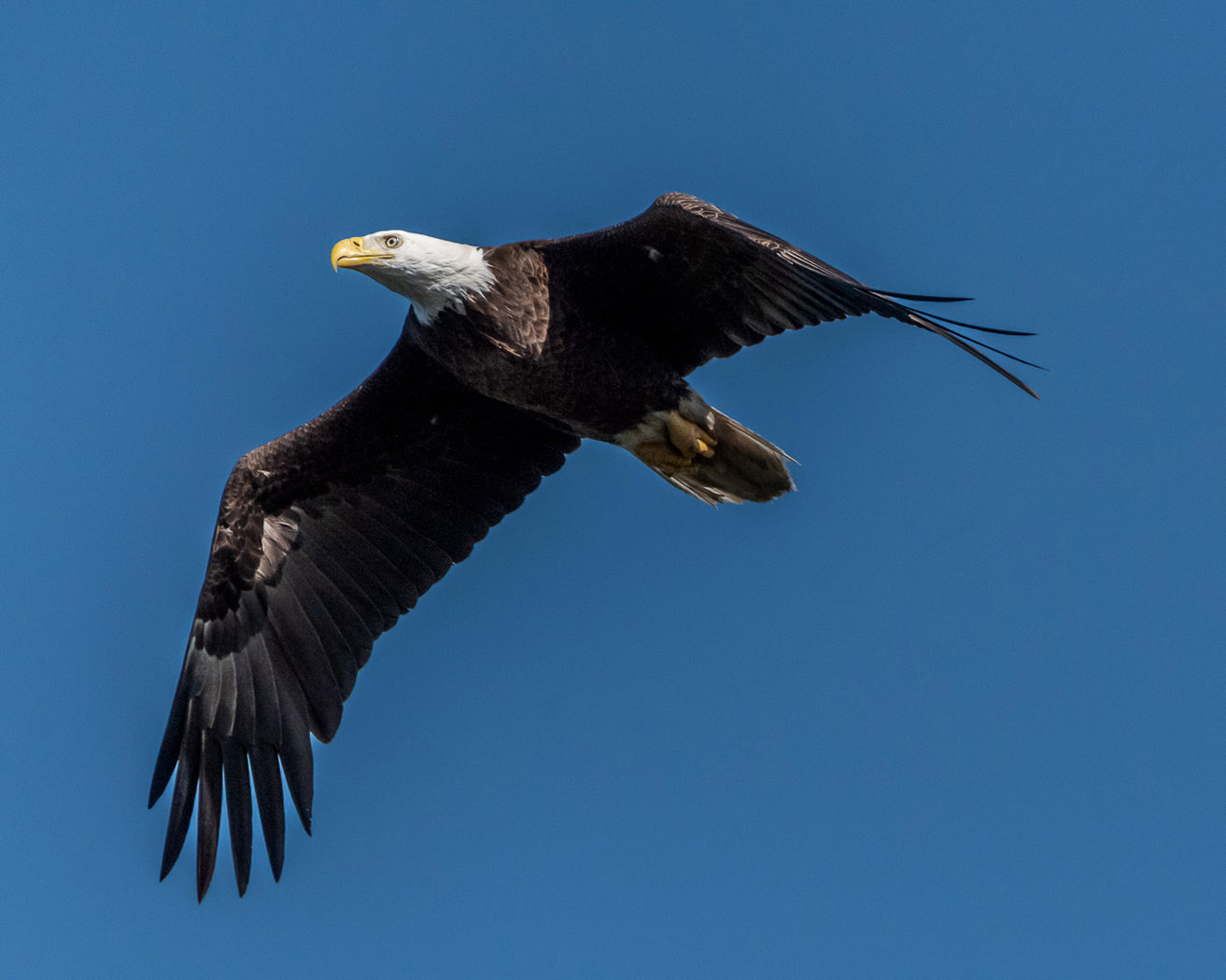 Mario Calandrino |
BIRDS IN FLIGHT |
 Jim Mahoney |
BLACK & WHITE PLUS ONE COLOR |
Mark Zielinski |
BOAT |
Veronica Serra |
BRIDGE |
 Marsha McKenna |
CANDLELIGHT |
 Mike Copenhaver |
CARS |
 Marsha McKenna |
CAR PART |
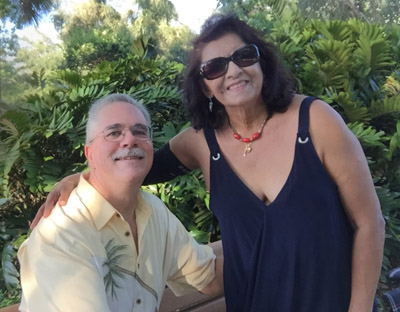 Matt Muskovac |
CELLPHONE |
 Matt Muskovac |
CHURCH EXTERIOR |
 Dawn Nichols |
CIRCLES |
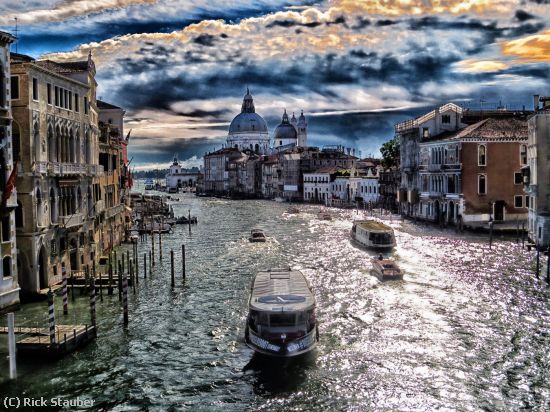 Rick Stauber |
CITYSCAPE |
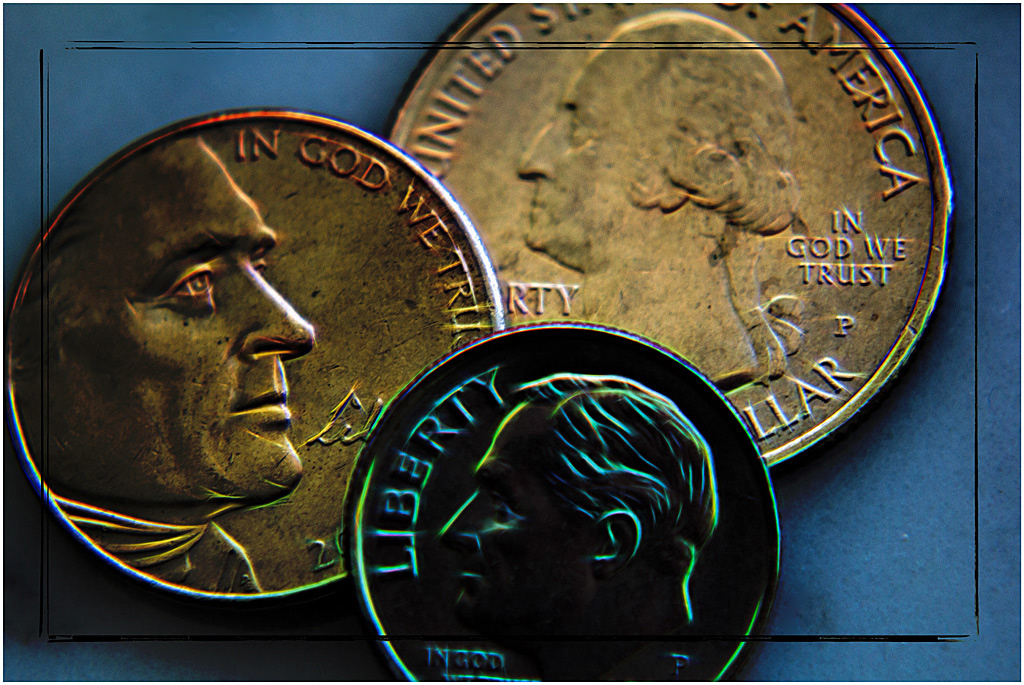 Jim Mahoney |
CLOSE-UP |
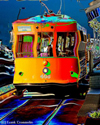 Frank Crommelin |
CONTEMPORARY |
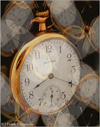 Frank Crommelin |
CREATIVE |
 Dawn Nichols |
DOMESTICATED ANIMAL |
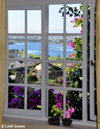 Jeff Gentry |
DOOR or WINDOW |
 Jim Ickes |
EMOTIONS |
 Nick Muskovac |
EYES |
 Matt Muskovac |
FLOWERS |
 Matt Muskovac |
FLOWERS (SINGLE) |
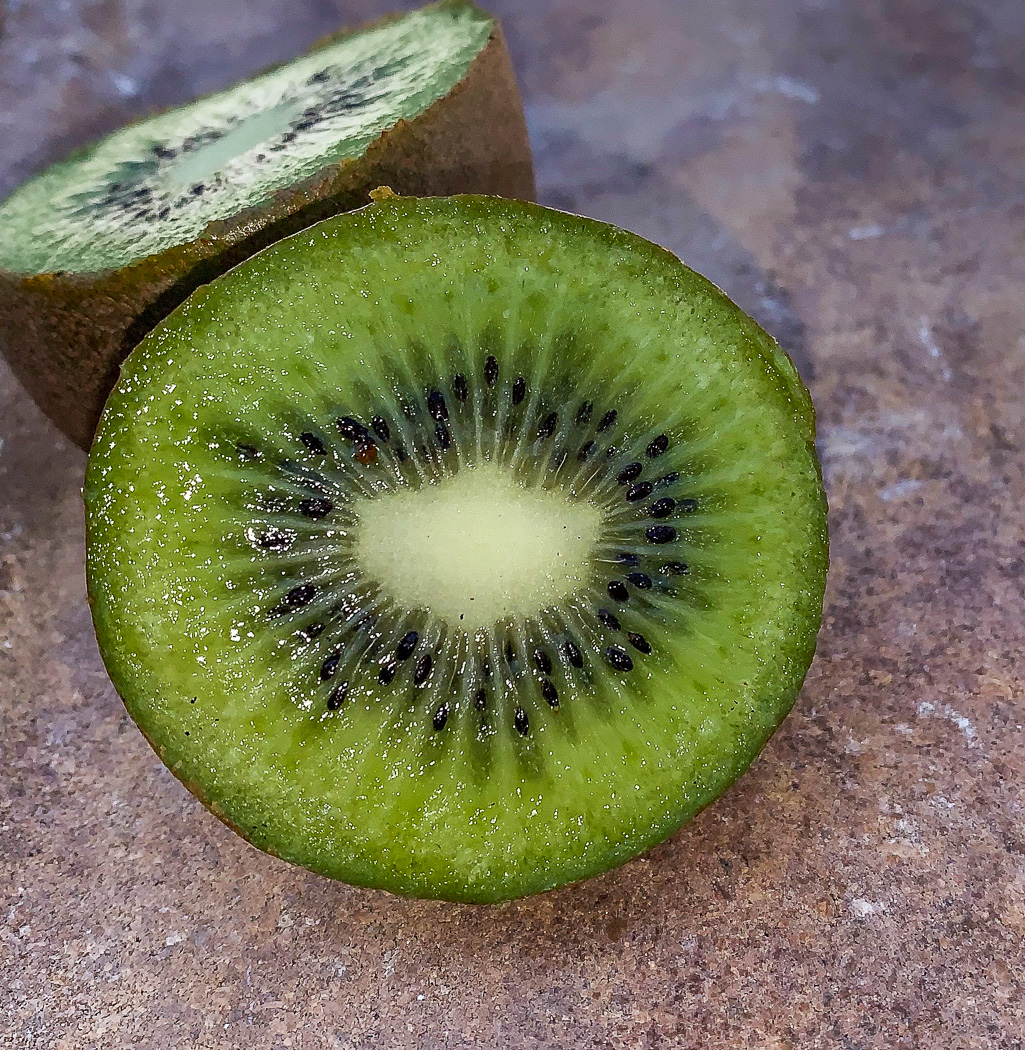 Jim Robinson |
FOOD |
 Irene Kramer |
HANDS |
 Karen Mason |
HOLIDAYS |
 Jeff Gentry |
INDIVIDUAL CREATIVITY |
 Erik Rosengren |
LANDSCAPES |
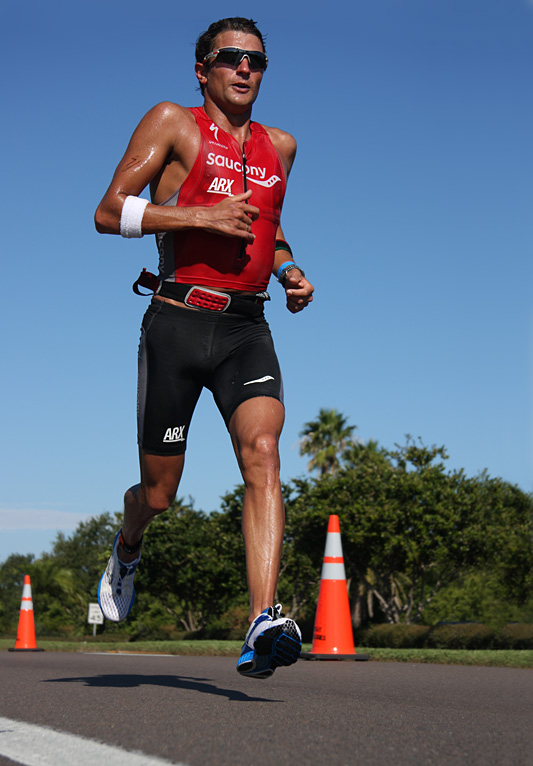 Matt Muskovac |
LOW PERSPECTIVE |
 Jim Ickes |
MACRO PHOTOGRAPHY |
 Larry Lynch |
MISTY or FOG |
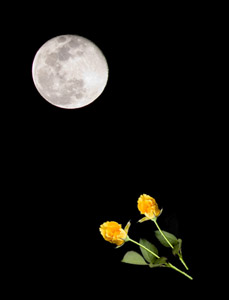 Jim Goins |
MOON |
 Glen Desthers |
NATURE |
 Dave Hutchinson |
NIGHT SHOT |
 Karen Mason |
NIGHT SKY |
 Matt Muskovac |
PAINTING WITH LIGHT |
 Matt Muskovac |
PARKS |
 Dave Hart |
PATTERNS |
 Len Lapka |
PHOTOJOURNALISM |
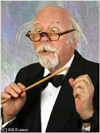 Bill Kramer |
PORTRAIT |
 Tom Russell |
PURPLE |
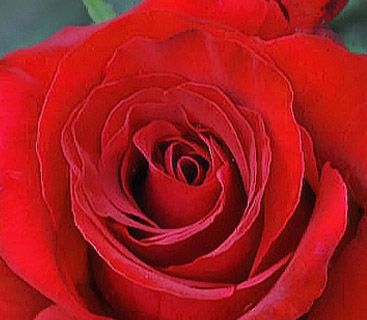 Mary Burke |
RED |
 Ray Parry |
REFLECTIONS |
 George Burke |
ROOFS |
 Dick Miller |
RUST |
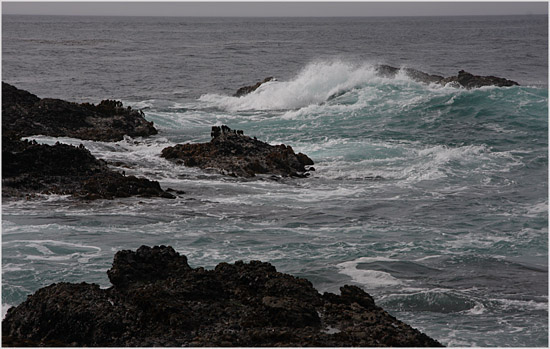 Matt Muskovac |
SEASCAPE |
 Erik Rosengren |
SHADOWS |
 Rosalie Mahoney |
SHAPES |
 Matt Muskovac |
SIGNS |
 Frank Crommelin |
SILHOUETTES |
 Jim Ickes |
SPORTS |
 Tom Russell |
STREET SHOTS |
 Mark Zielinski |
SUNSET |
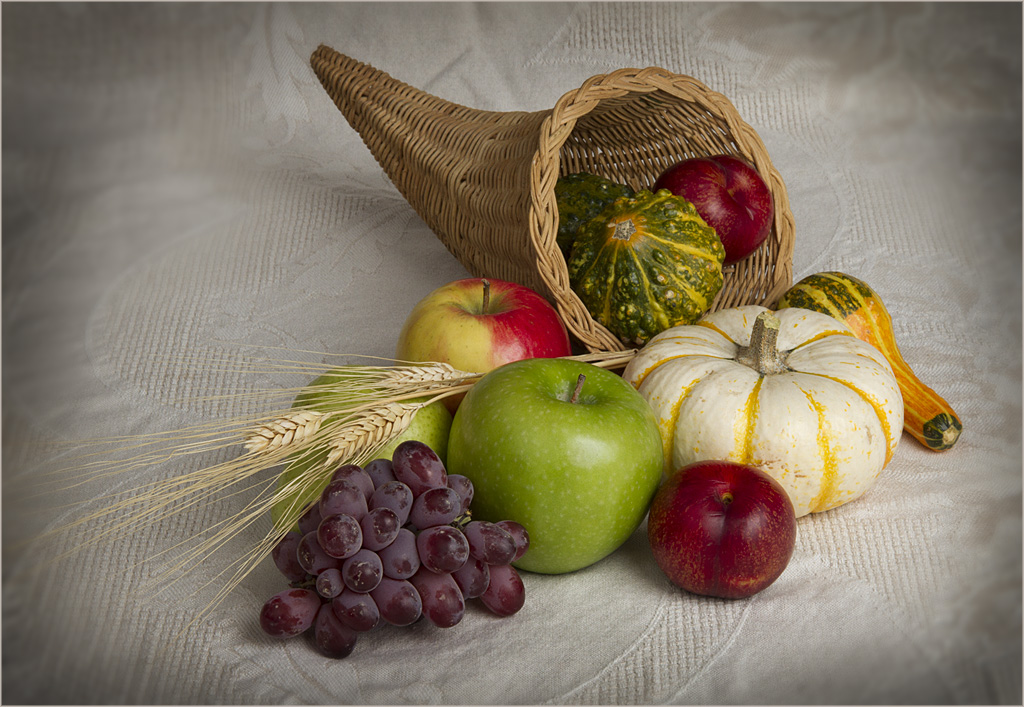 Matt Muskovac |
TABLETOP |
 George McKenna |
THREE OF A KIND |
 Jim Lucadam |
TRANSPORTATION |
 Richard Miller |
TRAVEL |
 Dawn Nichols |
WATER |
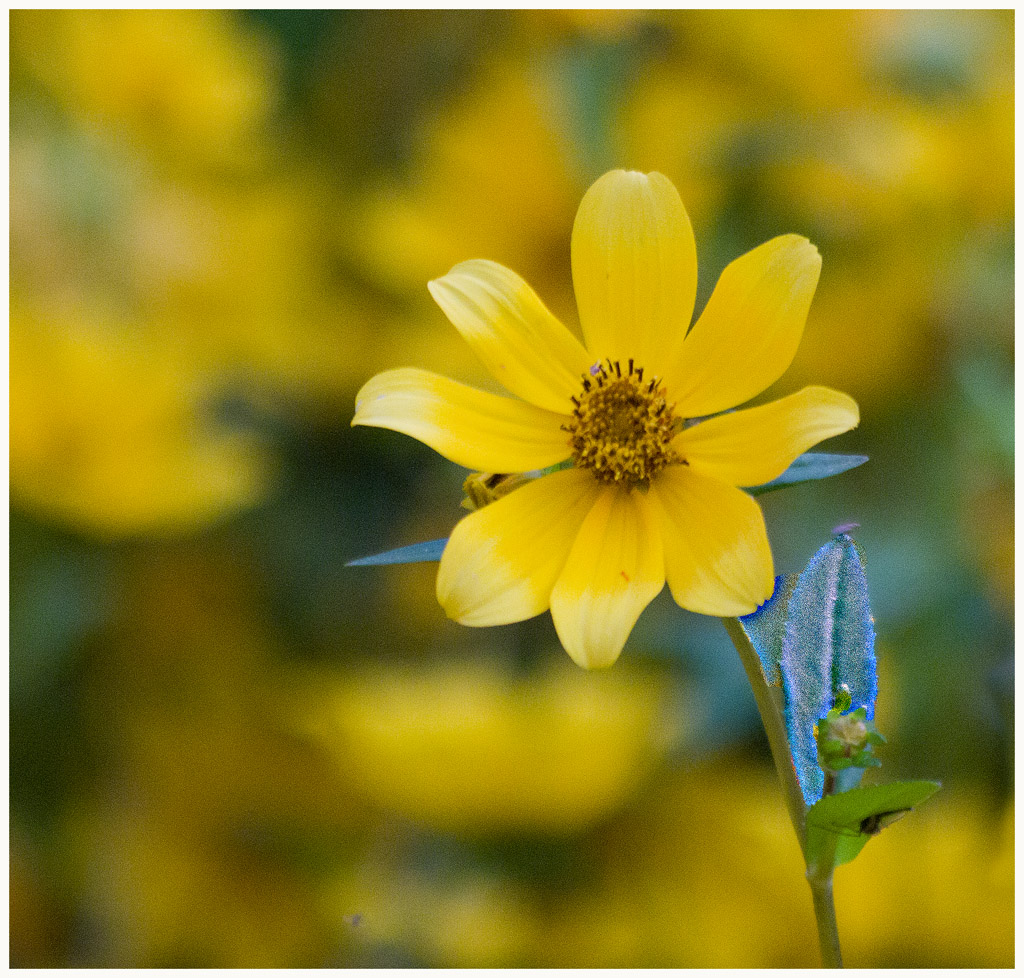 JoAnne Devine |
YELLOW |
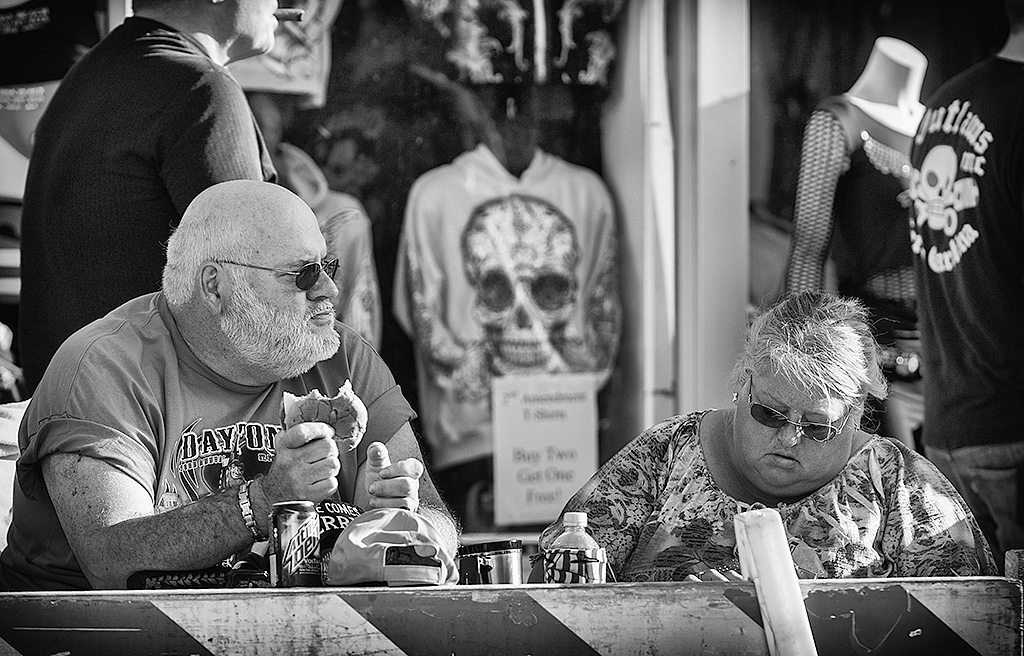 Leon Robinson |
URBAN/STREET |
